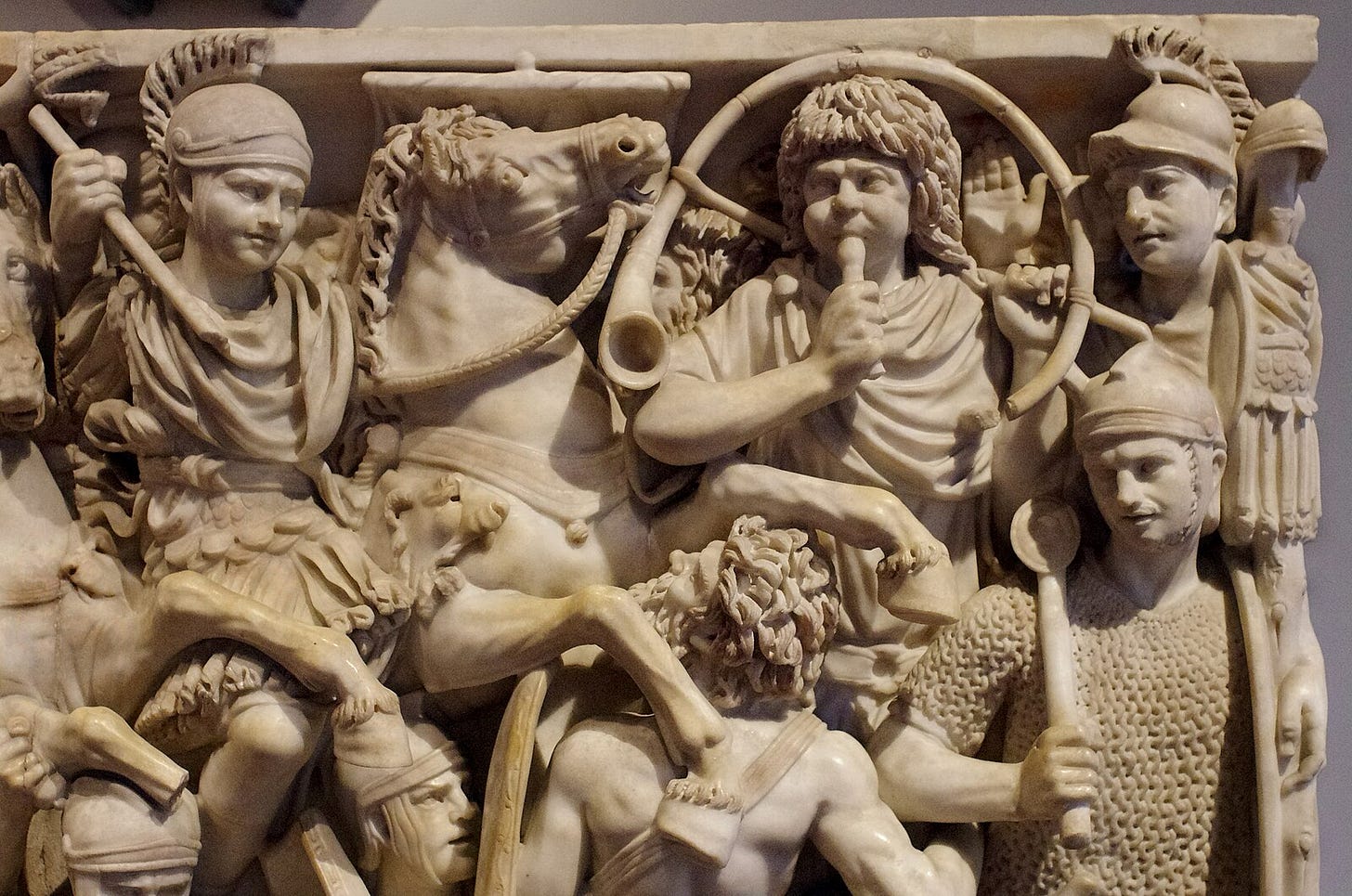Goths Through the Ages
The many faces of the Gothic (from the fall of Rome to the present), and some thoughts on the evolution of language.

The word “goth” conjures a variety of images in one’s head: dark, dramatic makeup, black clothing, perhaps a listless melancholy. I’m particularly fascinated by the manner in which words can transform over time, and “goth” is a quintessential example. The Gothic is a shape-shifter, at once the vanquisher of Rome and the ornate style of a towering cathedral, a 19th century poet and a 1980s musician.
But long before The Cure gave us “Just Like Heaven” and “Boys Don’t Cry,” the Goths were a source of genuine terror, and they played an instrumental role in the fall of the Western Roman Empire. (The Eastern half of the empire, what historians today call the Byzantine Empire, would soldier on for another thousand years before the Ottomans conquered it in the 1400s.) The Visigoths and Ostrogoths were Germanic tribes who terrorized the Roman Empire’…
Keep reading with a 7-day free trial
Subscribe to The Crossroads Gazette to keep reading this post and get 7 days of free access to the full post archives.




